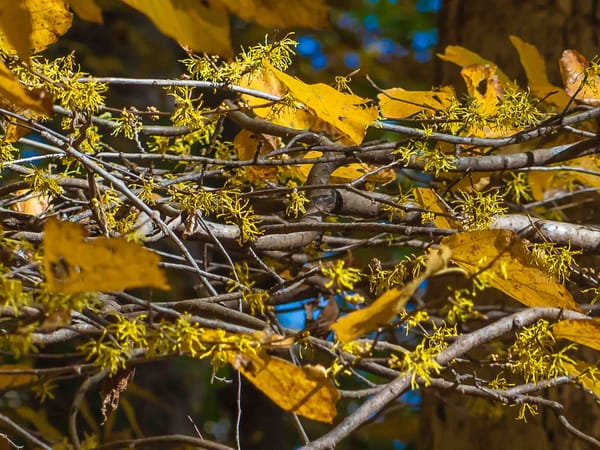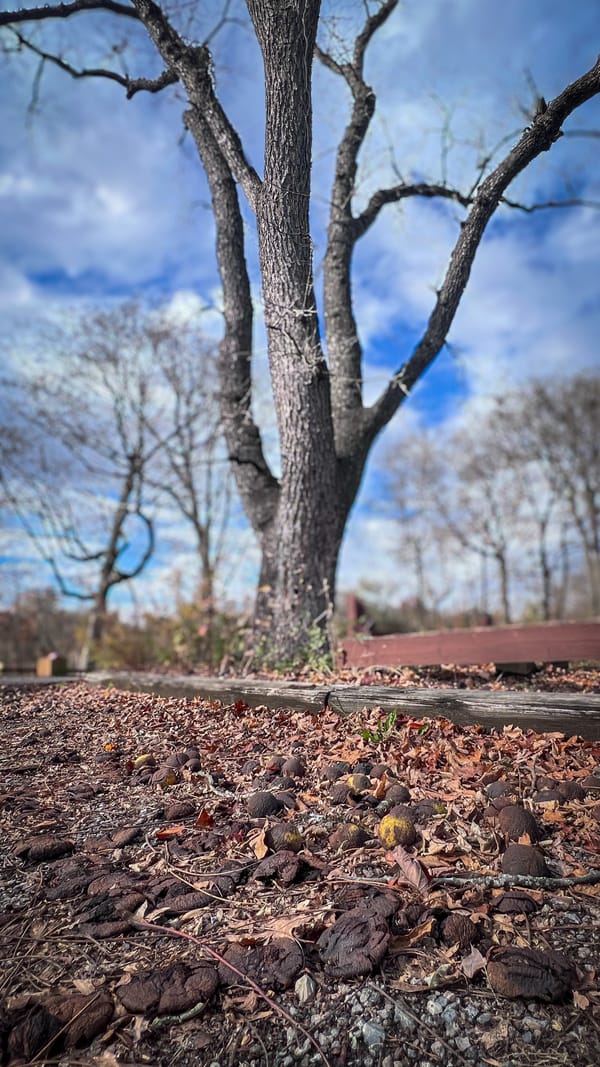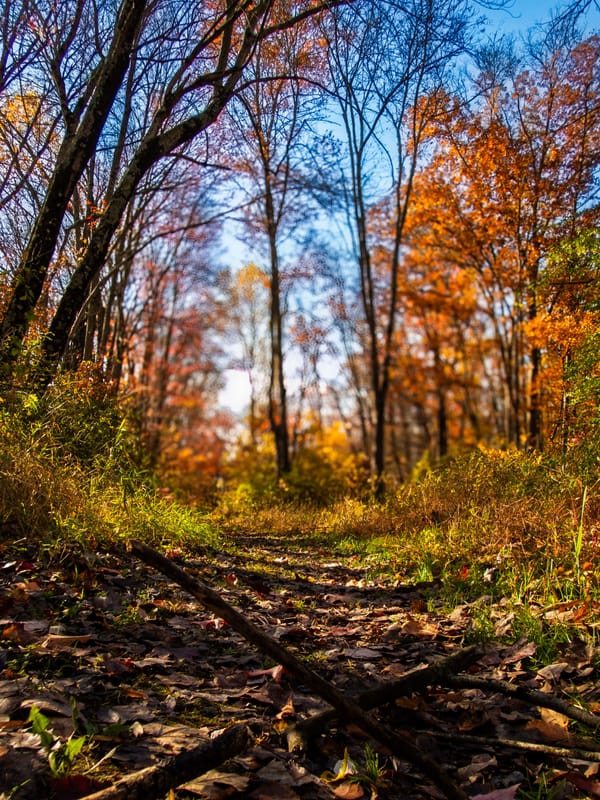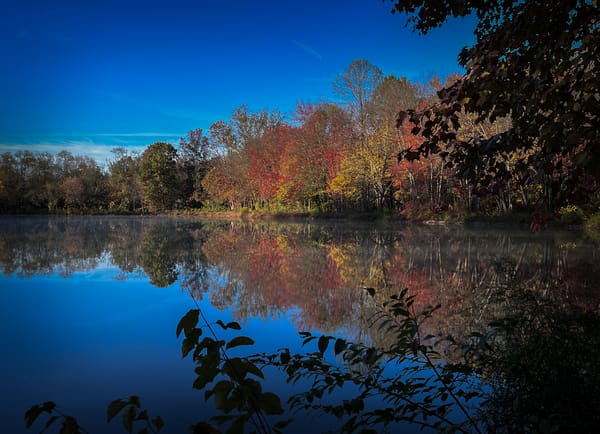Turtles

Turtles? Beyond the tale of Yertle and the race with the hare I did not know all that much. Studying the turtles I've observed in the park opened a fascinating world. This introduction covering things common to all the turtles will be followed by individual entries about each species linked below:
Common Snapping Turtle
Pond & Red-eared Sliders
Eastern Painted Turtle
Eastern Musk Turtle
Eastern Box Turtle
I've seen six different kinds (five species and one subspecies) of turtles from three distinct families at Anson B. Nixon Park. Four are aquatic turtles, one is terrestrial. Tens of millions of years of adaptation equip each to occupy a specific ecological niche.

Our lone representative from the family Chelydridae is the Common Snapping Turtle, fossils of this family date back approximately 72-66 million years.
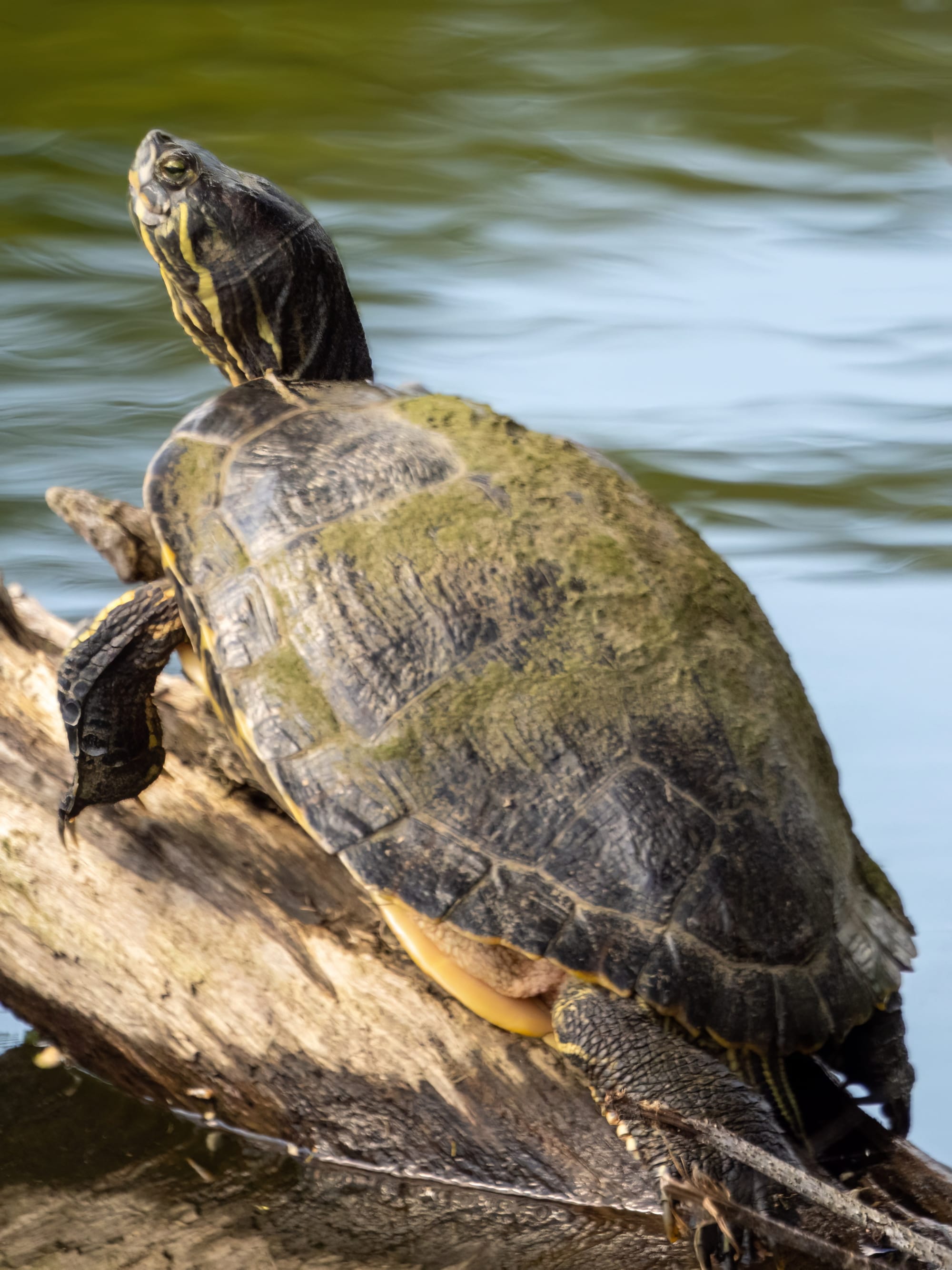
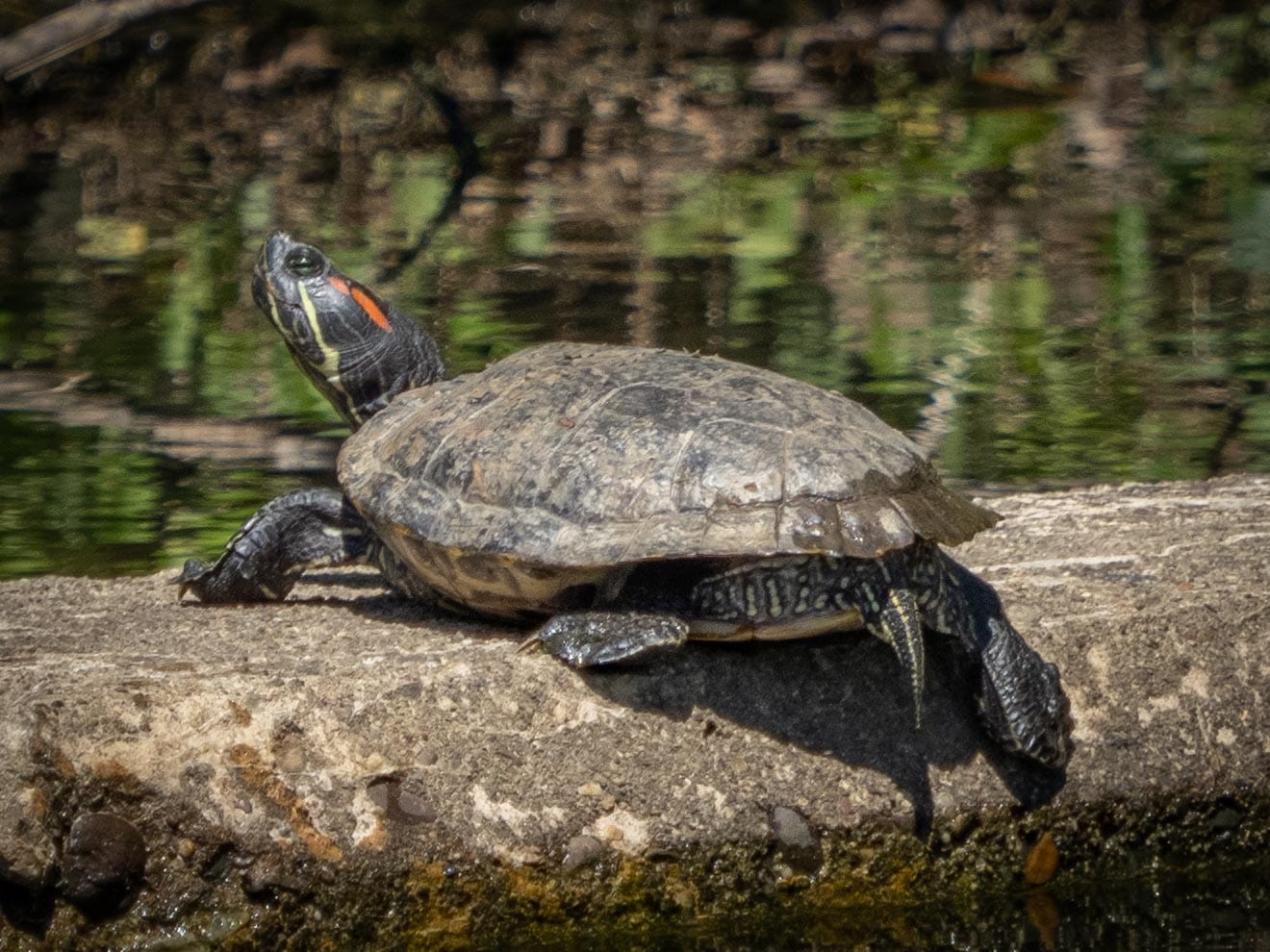
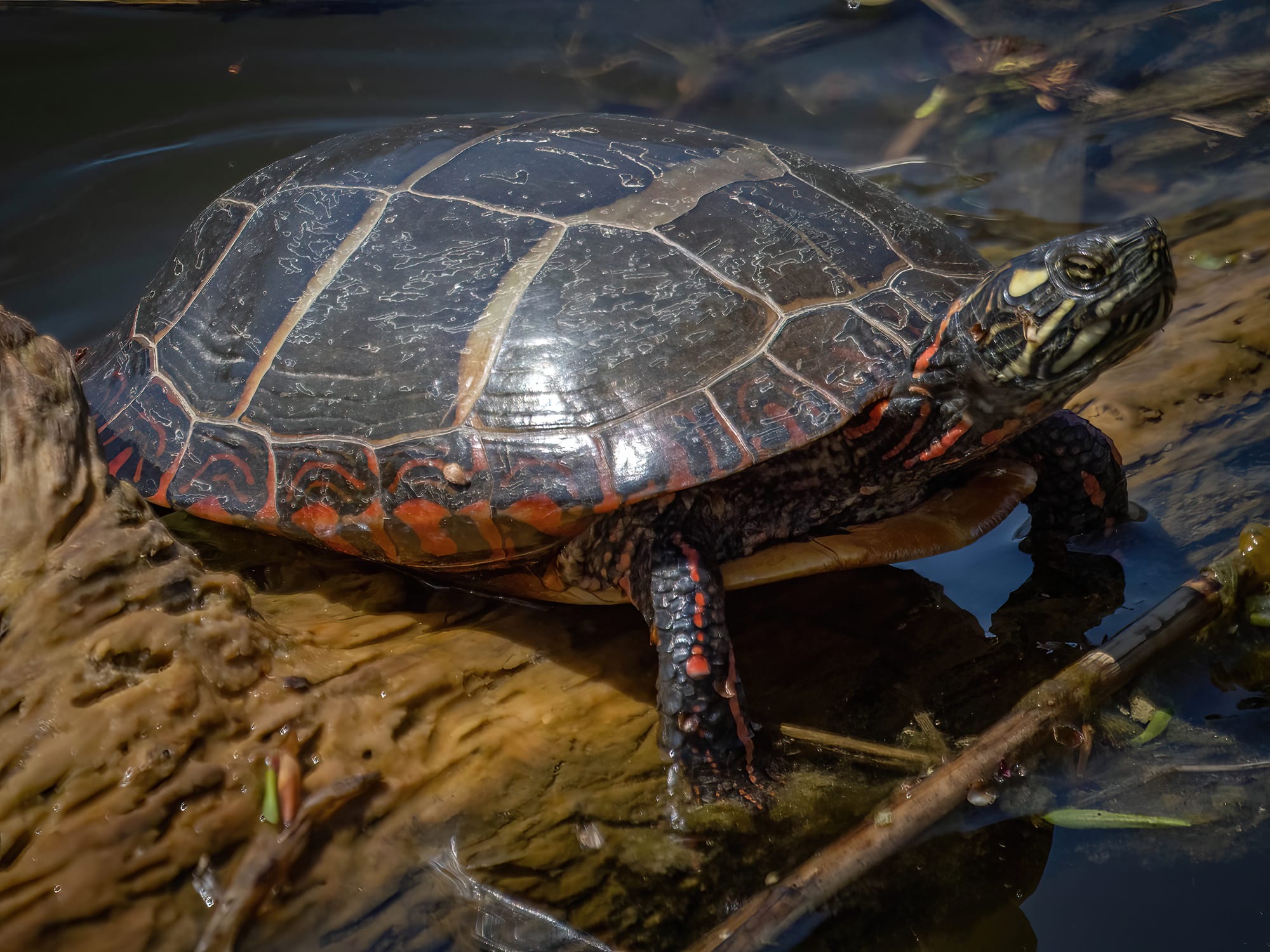

Pond Slider, Red-eared Slider, Painted Turtle, Box Turtle
Four of our turtles are from the family Emydidae; the Pond Slider, a pond slider subspecies the Red-eared Slider, the Painted Turtle, and the Box Turtle (our only terrestrial species). Fossils of the Emydidae date back 56-66 million years ago. Some ancestral forms may be as old as 83 million years.
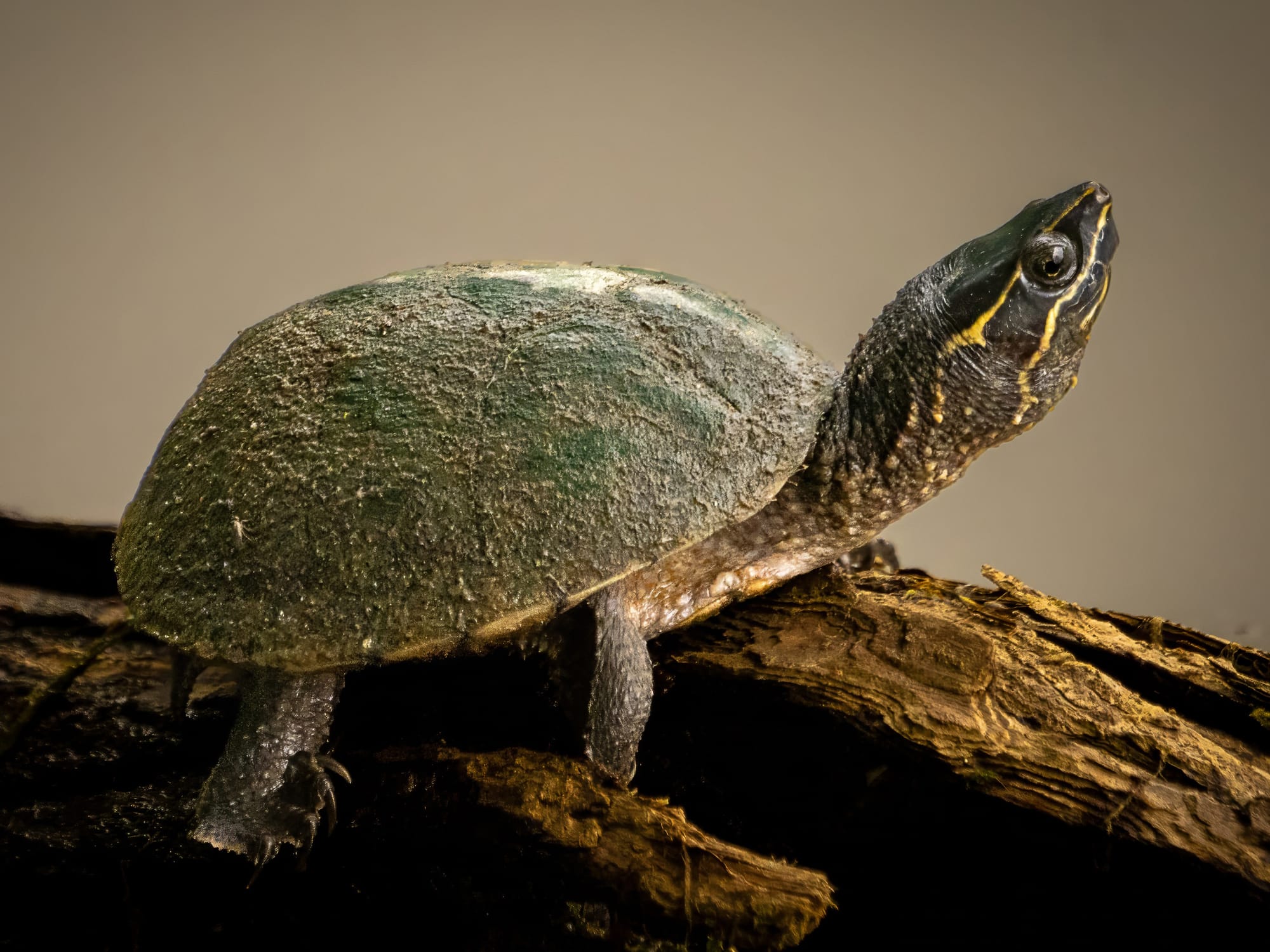
The Eastern Musk Turtle is our sole representative of the Kinosternidae family whose ancestors first appeared 7-4.5 million years ago.
All turtles native to north America can pull their head into their shells thanks to specially adapted cervical vertebrae. While it may look like their necks extend or contract like a telescope their necks are actually folding into an 's' shape.
Female turtles possess the extraordinary capability to store viable sperm internally for extended periods, sometimes for years. This allows the female to fertilize her eggs at a later time, potentially under more favorable environmental conditions. They can also fertilize multiple clutches of eggs from a single season's mating. This enhances reproductive success and genetic diversity.
During winter aquatic turtles shelter in debris or mud at the bottom of the ponds, and the box turtles burrow below the frost line into the soil and leaf litter.
Like all reptiles turtles cannot generate their own body heat, making them cold-blooded, or ectothermic.
Warm-blooded creatures hibernate in the winter by turning down their body temperature like we'd turn down the burner inside an oven. But cold-blooded turtles are solar-powered; no inside burner to turn down. Their body temperature drops in cold and dark sort of like a device in standby mode. This is called brumation.
Brumating turtles survive on a minimal oxygen with a metabolic rate lowered to a small fraction of their active rate. They generate some energy by anaerobic respiration and manage the high rates of lactic acid this produces through complex metabolic adaptations.

